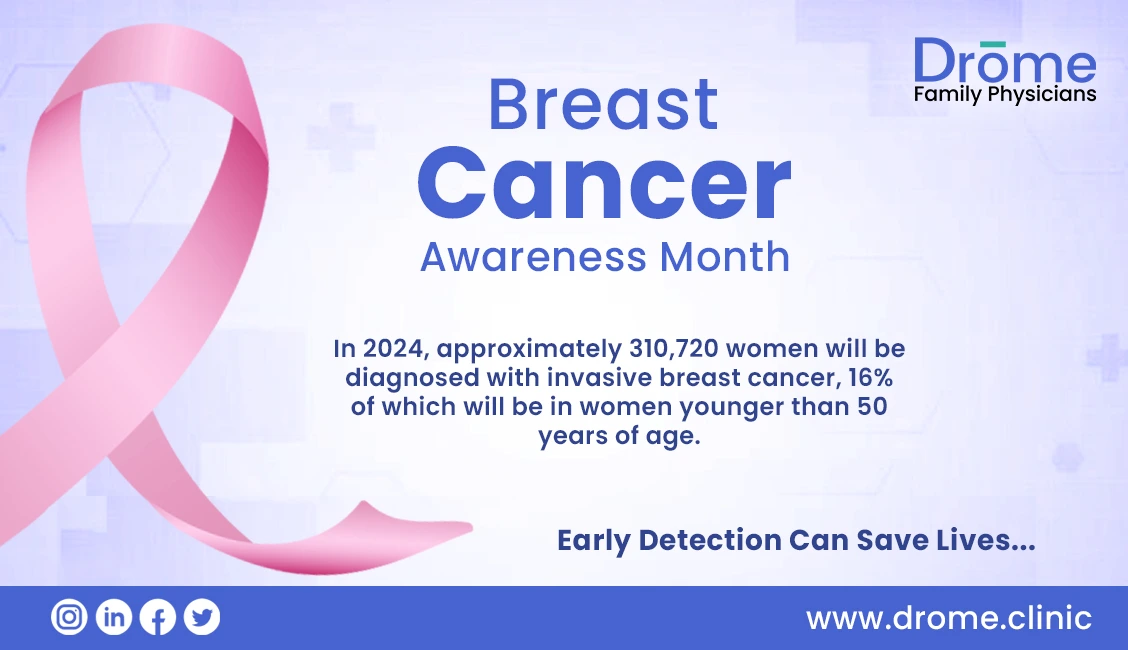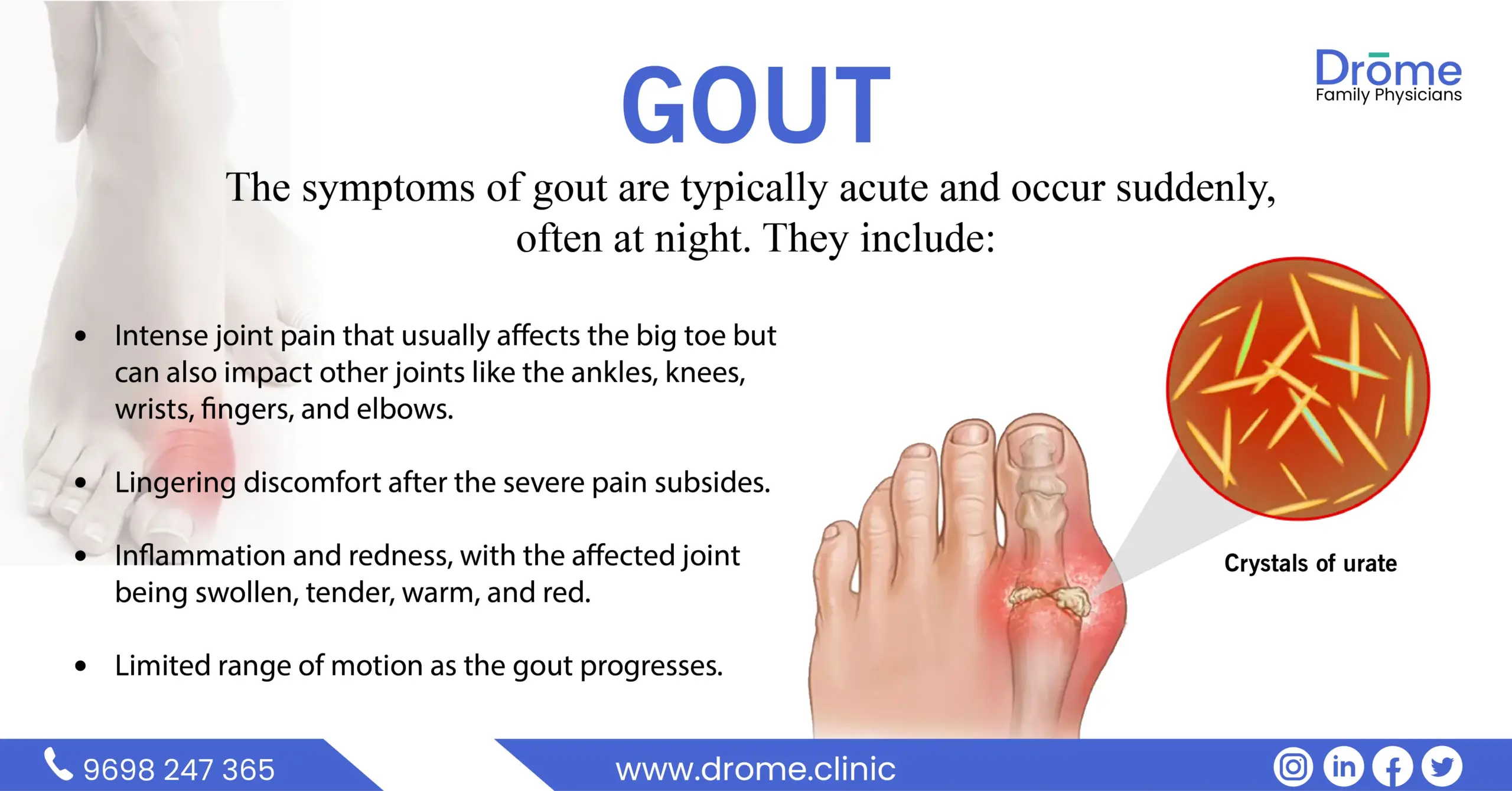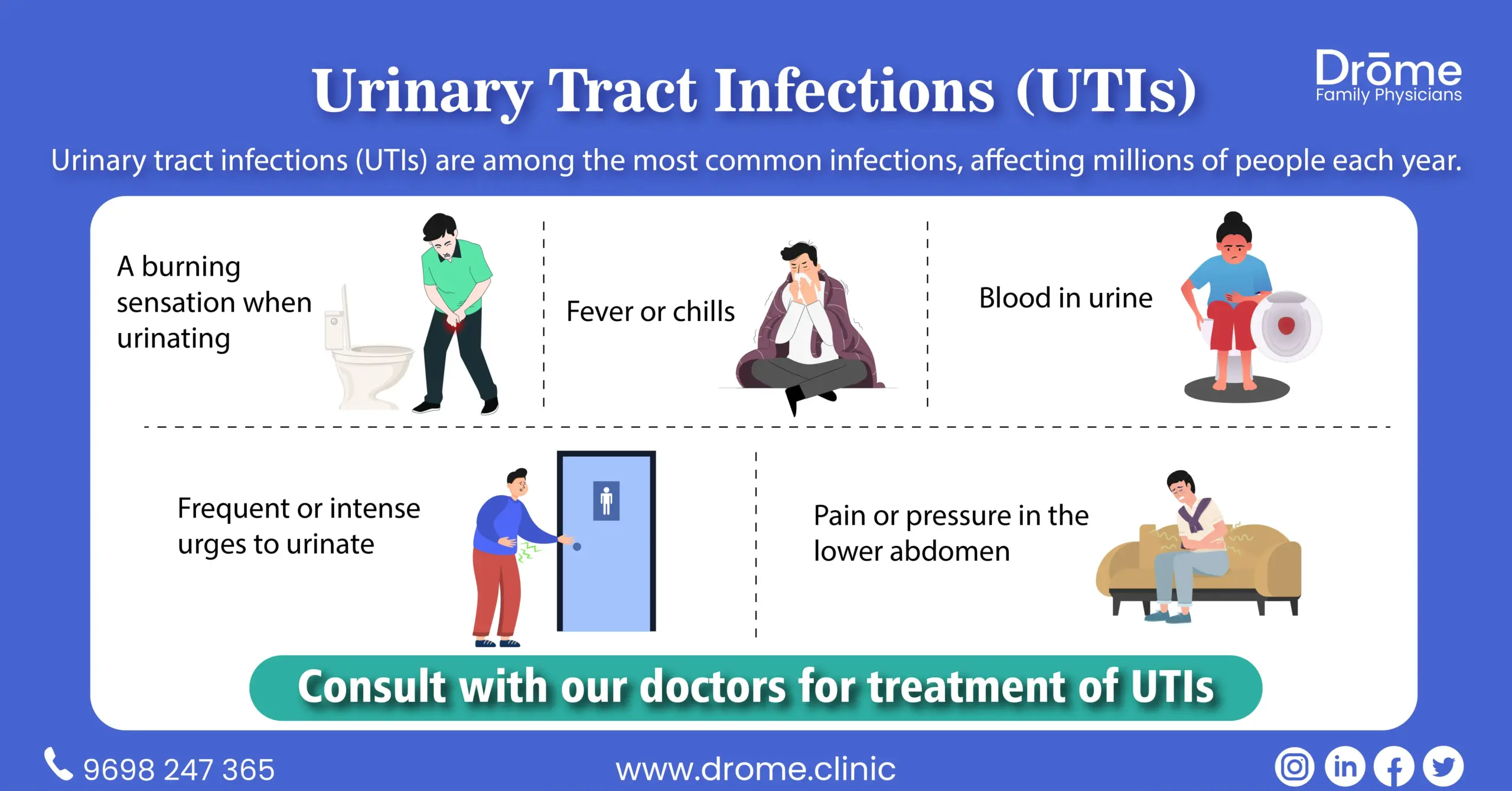Table of Contents
ToggleTable of Contents
Introduction
Water, a vital resource for all living organisms, can also be a medium for the transmission of numerous diseases. The term Waterborne Diseases are illnesses that directly arise from the consumption of contaminated water. This blog post aims to provide explanation of waterborne diseases, their prevalence, preventive measures and the global effort in combating these health threats.
The Water borne Threats
- Water borne diseases are primarily caused by microorganisms such as bacteria, viruses and parasites that contaminate water sources, causing disease like Typhoid, Cholera, gastroenteritis.
- These diseases share a common origin: they flourish in areas with poor sanitation, limited access to clean water and inadequate hygiene practices.
Impact and Prevalence
- The impact of waterborne diseases is tremendous, particularly in low to middle-income countries where access to clean water and sanitation facilities can be a challenge.
- The World Health Organization estimates that around 2 billion people worldwide use a drinking water source contaminated with faeces, leading to potentially life-threatening diseases.
- Diarrheal diseases alone, largely water borne, cause approximately 1.5 million deaths annually, with the majority being children under five years old.
Preventive Measures
- Preventing waterborne diseases requires a multi-pronged approach.
- Primarily, it involves the provision of safe drinking water, effective sanitation systems and personal hygiene education.
- Additionally technologies such as water chlorination, boiling, filtration, and ultraviolet treatment can help ensure the safety of drinking water at the household level.
- Vaccination programs can also play a role in combating certain water borne diseases like cholera and typhoid.
The Global Response
- Addressing water borne diseases requires the collaboration of governments, international organisations, non-profits and local communities.
- The global effort to combat these diseases includes initiatives like the United Nations’ Sustainable Development Goal 6 (SDG 6), which aims to ensure access to safe and affordable drinking water and sanitation for all by 2030.
- Organisations like the World Health Organization (WHO) and UNICEF work tirelessly to reduce the impact of waterborne diseases through various health programs and initiatives like disease surveillance, strengthening health systems, promoting hygiene education and providing technical assistance for water and sanitation infrastructure
Conclusion
Waterborne diseases, while preventable, continue to pose a significant global health risk. As we stride towards a healthier and equitable future, understanding and combating these diseases remains paramount.
To know more information visit: drome.co.in or drome.clinic







